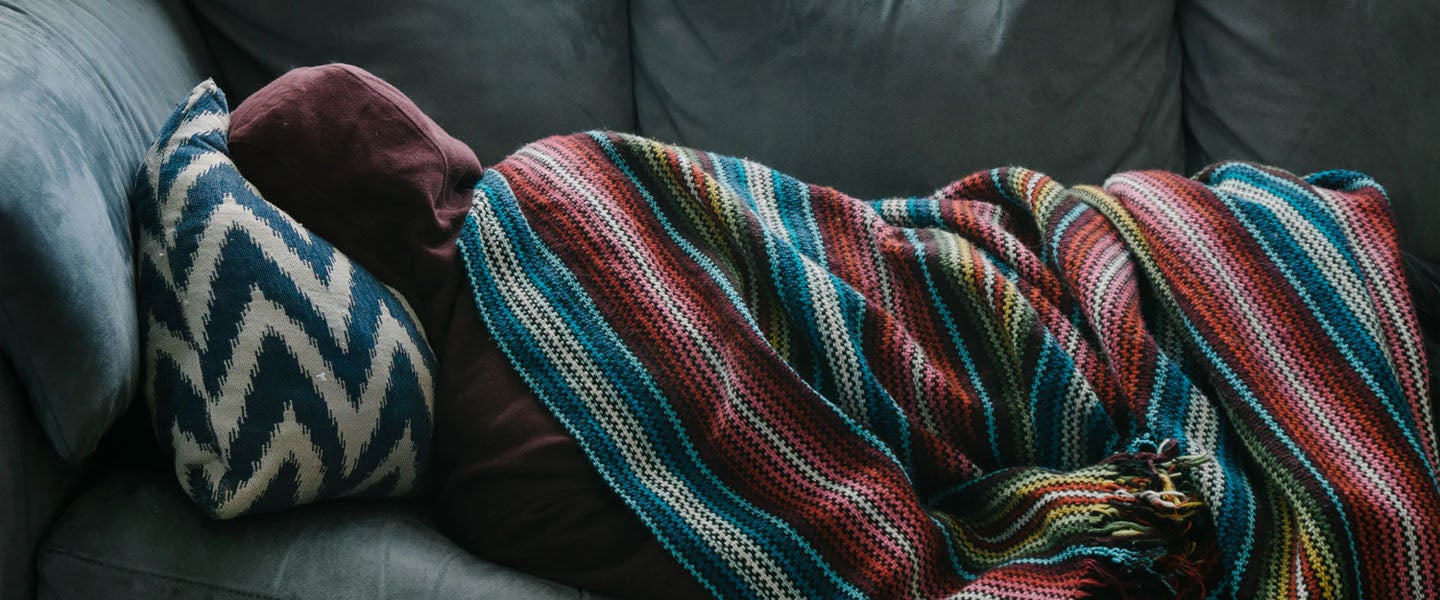One in three American adults has high blood pressure, which significantly increases their chances of developing heart disease and having a stroke — the first and fifth leading causes of death in the country. But according to new research, the cure could be as simple as taking a regular afternoon siesta.
More specifically, research being presented at the upcoming American College of Cardiology Annual Scientific Session found that midday naps are associated with an average 5 mmHg drop in blood pressure, which is apparently on par with what would be expected from other known blood pressure-lowering interventions, like taking a low-dose antihypertensive medication or maybe reducing your sodium intake.
“These findings are important because a drop in blood pressure as small as 2 mmHg can reduce the risk of cardiovascular events such as heart attack by up to 10 percent,” said study co-author Manolis Kallistratos in a press release. “Based on our findings, if someone has the luxury to take a nap during the day, it may also have benefits for high blood pressure. Napping can be easily adopted and typically doesn’t cost anything.”
Now… wait just a diddly-darn minute. For many (most) of us, napping is not easily adopted, because many (most) of us have jobs that would frown somewhat (dismiss without notice) anyone who took a daily lunchtime nap, health reasons be damned.
There’s also the little fact that I’m a terrible napper. Whenever I lay down for an afternoon snooze, even when I feel like I can barely keep my eyes open, I find it almost impossible to fall asleep in a timely manner. And if I do, by chance, enter the dream world, I inevitably wake up three hours later in a state of complete and utter bewilderment.
If this is you, don’t worry — there’s yet hope. I asked pediatric sleep expert Joanna Clark, founder of Blissful Baby Sleep Coaching, to teach me to make the most of an afternoon sleep sesh.
Keep It Short
Clark recommends limiting naps to between 20 minutes and one hour. Otherwise, you may drift into slow-wave sleep, and waking up from this stage can result in sleep inertia — that scrambled grogginess I mentioned earlier.
If you find yourself experiencing sleep inertia no matter how long your naps last, Terry Cralle, a certified clinical sleep educator and author of Sleeping Your Way to the Top: How to Get the Sleep You Need to Succeed, recommended to me in a previous article that you could try chugging some coffee right before falling asleep. “One way to lessen the effects of sleep inertia is to drink caffeine directly before your nap,” she suggested. It might sound paradoxical, but the effects of caffeine peak about 30 minutes after being consumed, which leaves just enough time for a quick nap, immediately followed by a jolt of caffeine-induced energy.
Stick to the Middle of the Day
“An optimal time for a nap is between 11 a.m. and 2 p.m.,” Clark says. That’s primarily because, well, you hopefully shouldn’t need a nap before 11 a.m. — although, I totally feel you on that level of tiredness — and napping after 2 p.m. can make falling asleep later that night nearly impossible. At the very least, you should try to wake up no less than three hours before bedtime to ensure that you can actually pass out when the time comes.
Replicate Your Normal Sleep Environment
“Emulate your home environment,” Clark suggests. “So if your routine when you’re home is to turn down the lights, maybe read for a couple minutes, do some deep breathing, turn on your fan or your white noise machine, you want to emulate that same ritual for nap time.” That means, if you happen to be at home come nap time, you should definitely hop in bed, rather than, say, onto the couch.
Don’t Be Afraid to App It Up
“There are so many wonderful apps out there with meditation sequences that have binaural beats so that you kinda go into a deeper state of relaxation to actually help a nap,” Clark says. “A company called Mindvalley has an offering called OmHarmonics, and they have a 15-minute or 30-minute deep rest soundtrack designed to bring you into that quiet state so you can actually induce sleep.” Clark specifically mentions that these calming soundtracks are especially helpful for people, like me, who have a really tough time falling asleep in the first place.
Alternatively… well, there’s always old faithful.

